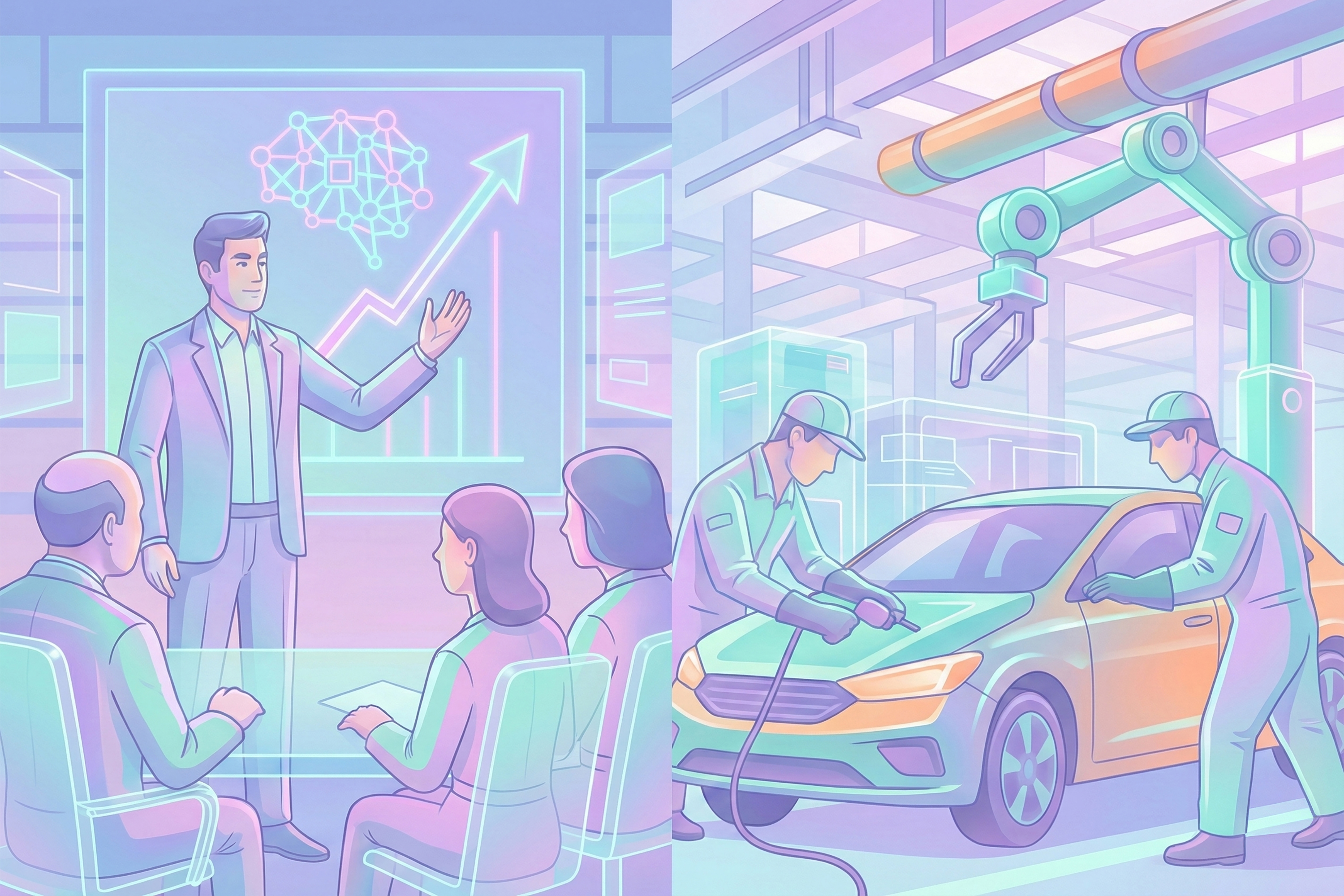
A recent scenario study by an Australian think tank explored the possible effects of extreme climate change and the likelihood of a collapse of human civilization. Their “hothouse Earth” scenario assumes several self-reinforcing effects of climate change (e.g. melting glaciers reflecting less sunlight, leading to further warming) due to which global temperature would rise by 4 °C towards 2050. These conditions would, according to the study, lead to a massive increase in deadly heatwaves, terrible droughts and mass flooding that would destabilize nations around the world and effectively end human civilization as we know it. While climate scientists were quick to denounce the study and its many flawed assumptions and overstated impact assessments, the study, and especially the way it was covered by media, nevertheless caught much attention and caused some (mild) panic among readers.
Today, the effects of climate change are already measurable as well as visible to the naked eye (e.g. the current heat wave in India), but the demonstrable impact is still quite limited. Climate-related food shortages, for instance, have been local and temporary so far. Even more so, the “official” predictions of the IPCC are (for good reason) relatively modest and mostly limited to direct effects for which there is robust scientific evidence. Second-order effects, such as the economic and social disruption of societies receive less attention as these are of a more speculative nature. As a result, these scenarios have, so far, failed to trigger the kind of (international) response needed to stay below the “acceptable” 1.5-2 °C threshold. Such a response is mostly needed from high-income countries, but current scenarios suggest that the global North will be able to deal with climate change and will, most certainly, not face any existential threat as prophesized in the “hothouse Earth” scenario. However, climate change acts as a “multiplier” of existing challenges and will hit far harder those regions that are already suffering from extreme weather, droughts, flooding and (mosquito-borne) diseases.
Extreme, apocalyptic, scenarios of climate change may thus be inaccurate for Earth in general, but they portray rather accurately what will happen in development regions, especially to marginalized groups in those societies. In that sense, these scenarios can help us (in the West) to develop an understanding of what others are likely to face in the coming decades. As such, these scenarios can be appreciated as a welcome addition to the science-driven and consensus-based reports from the IPCC that are very careful not to overstate any impacts, but that may also be quite ineffective when it comes to mobilizing support for climate change mitigating efforts.

